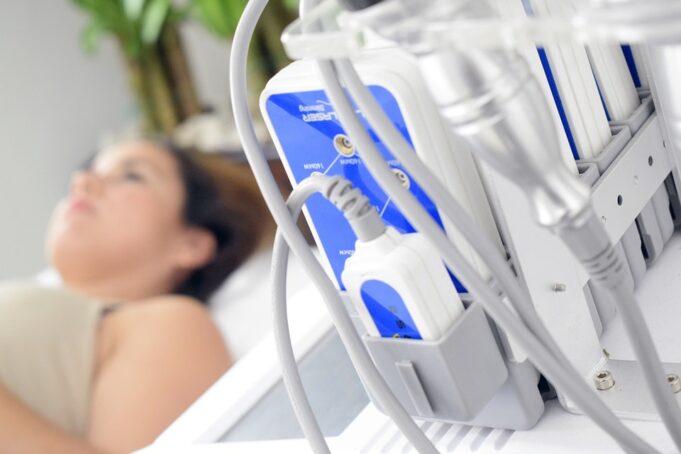How Air Quality Impacts Breast Cancer Rates in Urban Environments
Breast cancer is the most common cancer among women worldwide, with over 2 million new cases diagnosed each year. While genetics and lifestyle factors play a role in its development, recent research has shown that air pollution may also be a significant contributing factor.
Studies have found that women living in urban environments with high levels of air pollution are at an increased risk of developing breast cancer compared to those living in rural areas. In fact, one study conducted by researchers at the University of Florida found that exposure to fine particulate matter (PM2.5) – tiny particles released from car exhausts and industrial emissions – was associated with a higher incidence of breast cancer.
The link between air pollution and breast cancer can be attributed to several factors. Firstly, pollutants such as PM2.5 can cause inflammation throughout the body, which can lead to DNA damage and mutations that increase the risk of developing cancerous cells.
Secondly, some chemicals present in polluted air have been identified as endocrine disruptors – substances that interfere with hormones such as estrogen and progesterone which regulate cell growth within the breasts. Exposure to these chemicals can promote abnormal cell division leading to tumor formation.
Finally, studies have also suggested that long-term exposure to certain airborne toxins may weaken immune system function making it harder for our bodies’ natural defenses against diseases including cancers.
While there is still much research needed on this topic before definitive conclusions about causality can be made; however evidence so far suggests reducing exposure could help reduce risks.
What Can Be Done?
Several measures can be taken at both individual and societal levels towards reducing air pollution exposures:
1) Using public transportation or walking instead of driving alone;
2) Reducing energy consumption by using energy-efficient appliances;
3) Planting trees around homes or buildings;
4) Supporting policies aimed at reducing greenhouse gas emissions from industry sectors like power generation or transportation.
Future Advances
Research in this field is ongoing, and several promising advances could help mitigate the impact of air pollution on breast cancer risk:
1) Developing new technologies to reduce emissions from cars and other sources of pollution;
2) Identifying specific pollutants that pose the greatest risks for breast cancer development so that targeted interventions can be developed;
3) Studying how different populations are affected by air pollution to develop tailored prevention strategies.
In conclusion, while more research is needed before definitive conclusions about causality can be made, evidence suggests that reducing exposure to air pollution may lower the risk of developing breast cancer. It is important for individuals and policymakers alike to take action towards reducing our collective carbon footprint not only for environmental reasons but also health concerns like this.
References:
– Li et al., 2017: https://www.ncbi.nlm.nih.gov/pubmed/29287272
– University of Florida Study: https://news.ufl.edu/archive/2010/07/pollution-linked-to-breast-cancer-study-finds.html
– Breast Cancer Prevention Partners: https://www.bcpp.org/resource/the-link-between-air-pollution-and-breast-cancer/
– American Cancer Society: https://www.cancer.org/cancer/breast-cancer/risk-and-prevention/can-reducing-exposure-to-environmental-toxins-lower-breast-cancer-risk.html
*Note: this site does not provide medical opinions or diagnosis and should not be relied upon instead of receiving medical attention from a licensed medical professional.




